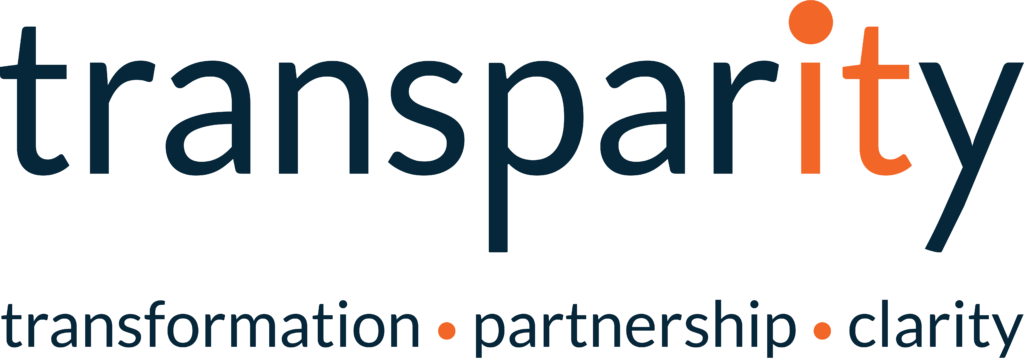- June 4, 2021
- George Herkes
- Modern Work
Welcome to the first in a brand-new blog series: “The Transparity guide to Microsoft Teams with…”
Over the coming months, I’ll be sharing some tips, tricks and insights to allow you to get the very most out of your Microsoft Teams investment. For this first instalment, I’m going to talk about how Teams brings so much more to your meetings than just video conferencing (and GIFs!)
Why Microsoft Teams for meetings?
I can confidently say that switching to Teams meetings overnight when the Covid-19 pandemic hit was a lifeline; not only for Transparity, but for many of our customers as well as hundreds of thousands of organisations worldwide. From large enterprises to schools, from family businesses to not-for-profits, meetings in Microsoft Teams helped companies retain some sense of normality.
Seamless collaboration has helped with this dramatically. Questions we get asked a lot include “is Teams better than Zoom?” and “what is the difference between Teams and Zoom?”, and this is where Microsoft Teams’ integration with the Office 365 stack offers a very clear advantage. While Zoom works perfectly well for calling and meetings, the flexibility in terms of different types of meetings and integrations is what gives Teams a clear edge.
From Office 365 to devices specifically for Teams meetings (more on those later!), Microsoft solutions allow Teams to be the ultimate unified communications tool for meetings and beyond. That means that with Teams, one solution does it all.
Hybrid working
“Employee expectations have fundamentally changed,” said Microsoft’s Western Europe President, Cindy Rose, in a recent interview with Bloomberg about hybrid working. “Our research shows that 73% of employees expect flexible, remote work options to continue, and 40% of the global workforce is considering leaving their employer this year unless flexible working continues to be an option.”
Put simply, while some thrive in the peace and quiet of their home office and others enjoy the buzz of a busy working environment, the vast majority of people want there to be a choice in where and how they work from now on. That means allowing your staff to host and join meetings – no matter where they are – is more important than ever. Hybrid meetings are a great way of accommodating everyone’s needs, and Microsoft Teams Rooms can help you do this.
Firstly, it’s a secure way of holding meetings when you have geographically-dispersed attendees, as Teams will allow you to admit only people who have been invited. Powerful translation features also offer the ability to connect with colleagues across the globe, but communicate in your own language in real time. An upcoming feature to support this is automatic translation of slides into other languages.
You can also be as interactive as in face-to-face meetings, with the “raise hand” feature indicating to other participants that you want to ask a question or give your input. Screen and in-room content sharing also allows all attendees to review key information at the same time.
Additionally, consider devices built specifically for Microsoft Teams. Features include link one-touch join, proximity join, voice assistance to help you start and end meetings, and – coming soon – Microsoft Teams cast. This will allow you to cast content from your PC or mobile device to any display connected to a Teams Room device. Our personal favourite is the Surface Hub 2 – a powerful digital whiteboard meetings platform and collaboration device which has pride of place in our office!
Define your use cases
Meetings in Microsoft Teams don’t stop at one-to-one or small engagements; Teams also offers webinar and live streaming capabilities, and there are different benefits for each. It’s therefore important to define meeting use cases and communicate them across your business, letting your teams know which is the best option and when they should be used.
For large events with a number of presenters and resources, Teams Live Events is perfect. Focusing on video delivery, it supports single cameras right up to multi-camera, professional productions, as well as external encoders for media mixing via Stream. Azure Media Services also enhance your broadcast stream with additional accessibility and distribution options, allowing you to reach a worldwide audience.
Teams Webinars are a great choice for small-to-medium sized events due to their additional features that make managing and deploying your webinar a breeze. Supporting up to 1000 attendees, you can create custom registration pages and attendee emails, and deliver professional presentations with Presenter Mode and PowerPoint Live. Post-event, you can also access attendee data for follow up engagements in Microsoft Dynamics CRM.
Want to know more?
To discover more about Teams Meetings implementation and how you can leverage them within your organisation, book a complimentary workshop with a Transparity expert. Just click below to get started!
Keep your eyes peeled for more in our “The Transparity guide to Microsoft Teams with…” series, with upcoming topics including Teams with Viva, Teams with PowerApps and Microsoft Teams adoption.
Adam Bamping
Unified Communications Technical Lead




